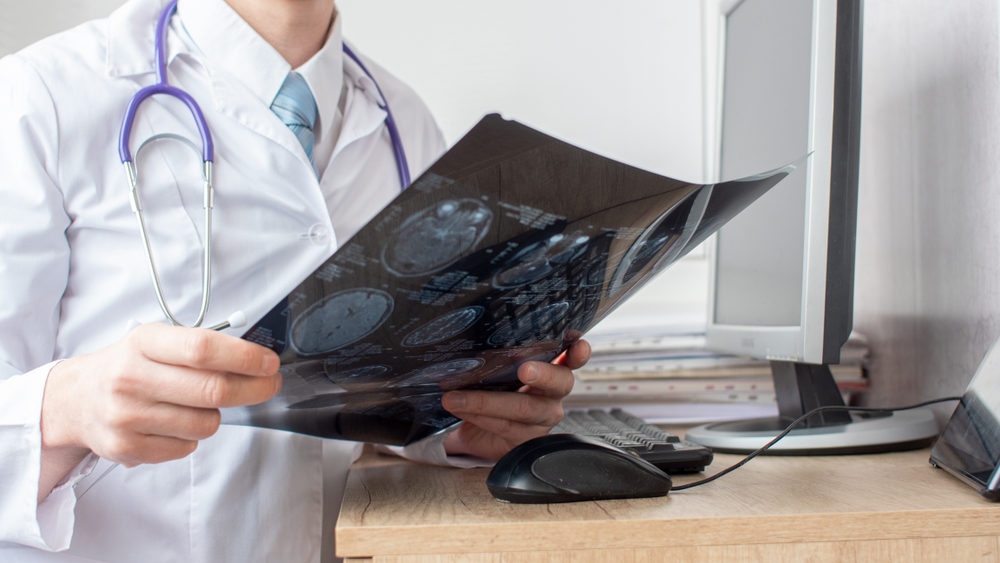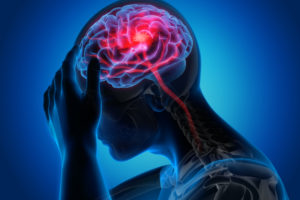
A new study conducted by the University of California San Francisco (UCSF) has shown CT scans for patients with concussions provide valuable information about their risk for long-term issues and whether or not they can make a complete recovery. The research underscores the need for anyone who has suffered even a mild brain injury to seek medical attention.
While doctors and scientists have already seen links between CT scans and moderate and severe traumatic brain injuries (TBI), up until now, there has been no prognostic significance of CT abnormalities.
Researchers used data from 1,935 patients at hospitals with level 1 trauma centers, ensuring more than 30 percent of the individuals had a positive CT, according to information released by the university.
Males made up 66 percent of the patients and the average age was 41. They were assessed at two weeks and three, six and 12 months following injury.
Here is a summary of the results:
- The most common patterns of injury, affecting more than half of CT-positive patients, were combinations of subarachnoid hemorrhage (SAH), subdural hematoma (SDH), and/or contusion, which may be caused by injuries such as falls from standing.
- Approximately seven percent had intraventricular hemorrhage (IVH) or petechial hemorrhage, caused by rotation of the head, occurring in some sporting, scooter and automobile accidents. Five percent were found to have epidural hematoma (EDH), in which blood accumulates between the skull and the membrane covering the brain, often seen in sports injuries such as being hit with a baseball.
- The researchers found that patients in the SAH/SDH/contusion group failed to make a complete recovery at 12 months post-injury and had impairments across the outcome spectrum, from mild to more severe.
The California study was confirmed by CENTER-TBI, a parallel brain injury research group based in Europe. The second study included 2,594 participants. While the results were the same, its EDH group had lingering issues for much longer than those in the first research group.
More severe outcomes were not seen at any point in either study.
Nsini Umoh, program director at the NIH’s National Institute of Neurological Disorders and Stroke, was one of the researchers involved in the project. She stressed that TBIs lead to a wide range of outcomes, from minor effects to severe, life-changing symptoms. By recognizing the different links and having the ability to anticipate what the outcome will be, “…may help clinicians provide more targeted and appropriate follow-up care for patients with a head injury.”
The 2021 UCSF research is the second effort by the school that has shed light on the diagnosis and treatment of traumatic brain injuries in recent years. In 2019, Professor Geoffrey Manley, vice-chair of neurological surgery at UCSF, led the research on a blood test that can help determine a brain injury. The test has been approved by the U.S. Food and Drug Association (FDA). Ultimately, the blood test will be given to those with possible head injuries, such as athletes on the sidelines at sporting events. Soon after an individual sustains a head injury, the person can receive the test that measures glial fibrillary acidic protein, a marker correlating to TBI. The test can be used to prevent unnecessary neuroimaging, helping health care professionals determine whether or not a CT scan should be performed.
Related: Blood Tests and Brain Injuries: Faster More Objective Diagnosis is On The Horizon
Unfortunately, there is still a great need for the public to understand the importance of making sure a bump on the head does not lead to further complications. According to UCSF, the data used for the CT-scan project revealed that even among concussion patients who had a positive CT scan, just 39 percent receive follow-up care.
So, what does this mean potentially to survivors of traumatic brain injuries from motorcycle accidents, bicycle accidents, pedestrian accidents and car accidents? The research into blood tests and CT Scans should ultimately enable medical providers to better predict and to treat brain injuries, and should ultimately help lawyers for brain injured people to better be able to prove our clients’ brain injuries and disabilities. This means that we brain injury lawyers will have more tools available to make those persons or entities who have injured our clients fully accountable.
If you or someone you know has suffered a brain injury due to an accident where another party is at fault, please feel free to contact our brain injury lawyers at 415-432-7290 for a free legal consultation, or to visit www.ccwlawyers.com to discuss your legal options. All calls and email inquiries are covered by the attorney-client privilege and are strictly confidential.

Claude A. Wyle is a partner of Choulos Choulos, and Wyle, a San Francisco based law firm dedicated to representing clients who have been injured by the wrongful conduct of individuals, corporations, public entities, and businesses. Mr. Wyle also frequently sits as a Judge Pro Tem for the city and county of San Francisco.














Comments for this article are closed.